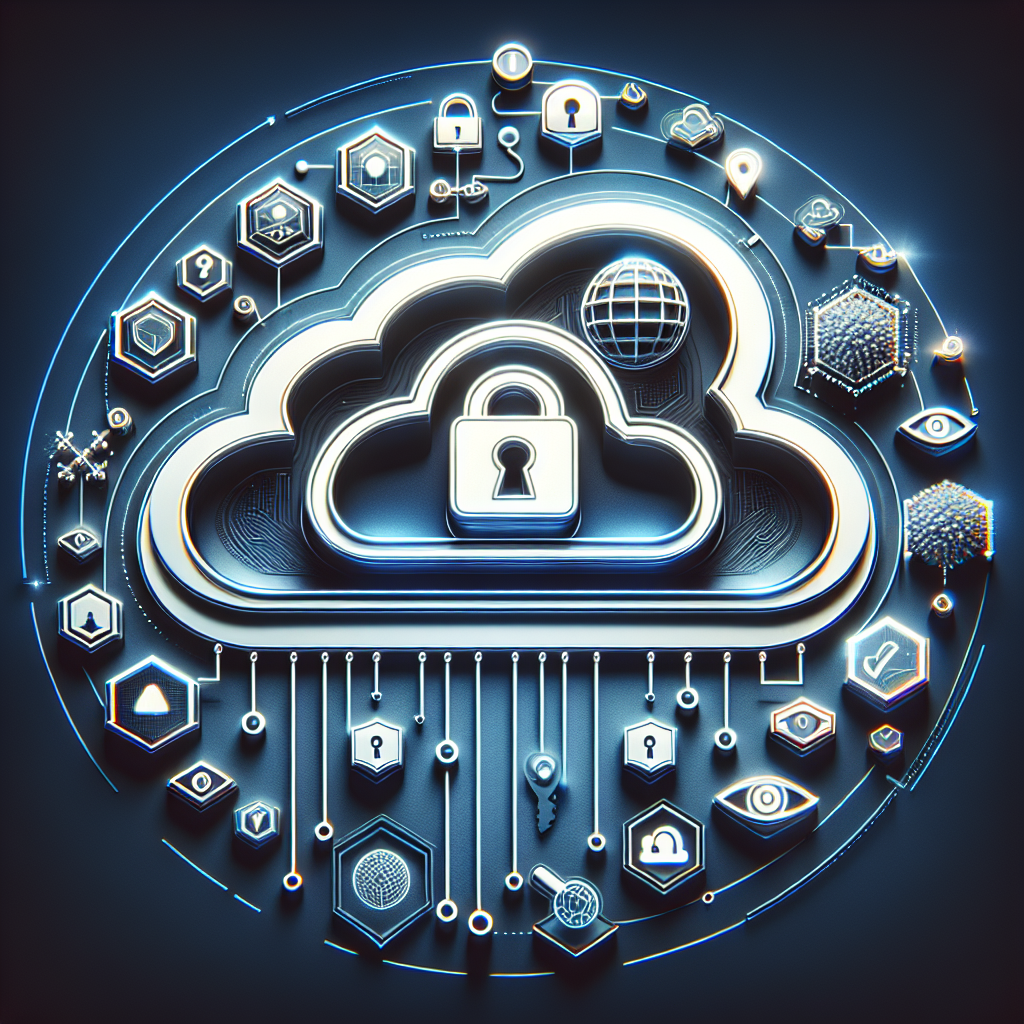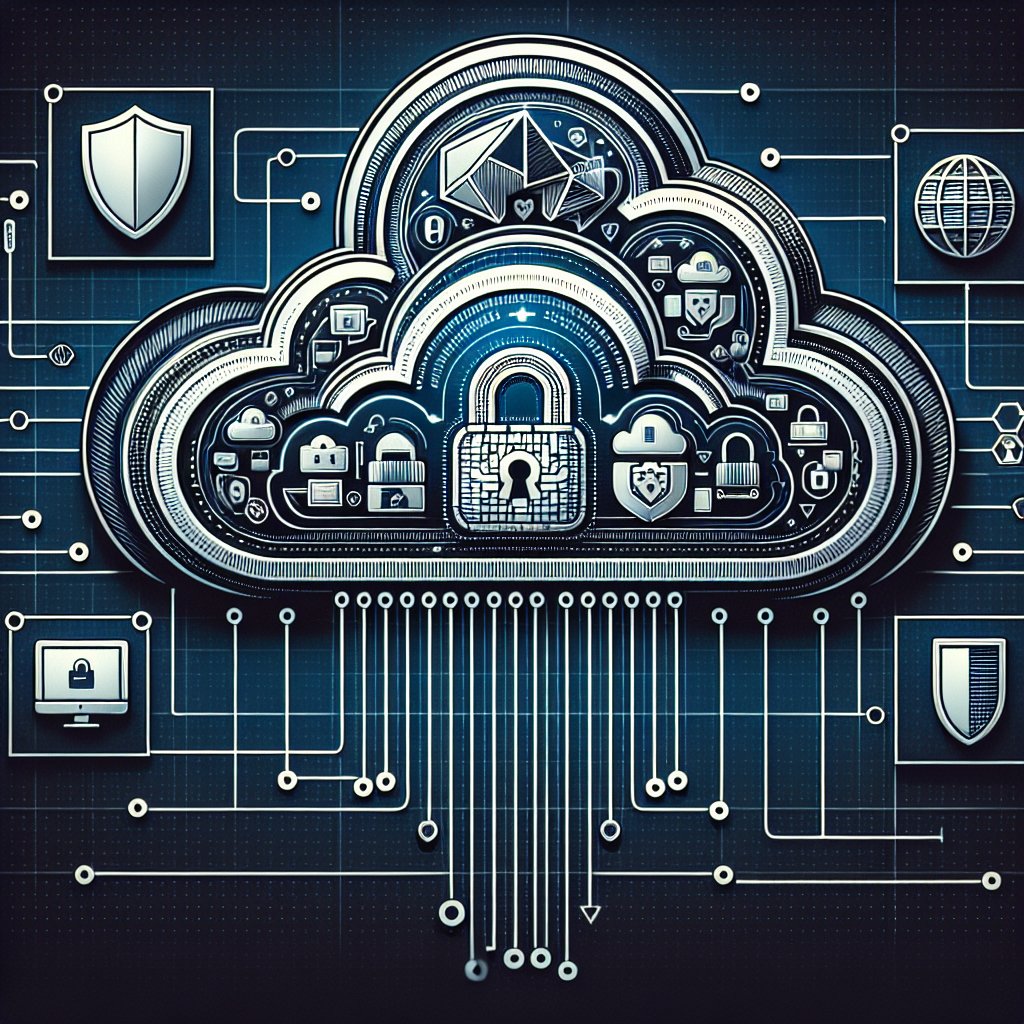Unlock encrypted content
Please enter your SSCE key to initiate on-the-fly decryption.
Decryption key: (Click cancel if you don't have the key)
Copied link to clipboard.
This feature is unavailable for free accounts. Upgrade now and enjoy all Premium benefits.
Go Premium!
This feature is unavailable for free accounts. Upgrade now and enjoy all Premium benefits.
Go Premium!
Please open this page in browser ( Google Chrome or Safari ) to use this feature.
Open In Browser
The Internet of Medical Things (IoMT): Revolutionizing Healthcare Data Management
Random related video for this blog.
Copied share link to clipboard.
One of the most promising applications of IoT in healthcare is the Internet of Medical Things (IoMT). IoMT refers to the network of medical devices, wearable sensors, and healthcare systems that are connected and able to exchange data. This connectivity has the potential to revolutionize healthcare data management, enabling improved patient care, streamlined workflows, and enhanced decision-making processes. In this article, we will explore key aspects of IoMT, including data mirroring, mobile app integration, 3D data storage, and more.
Data Mirroring: Ensuring Data Redundancy and Resilience
Data mirroring across multiple data centers is a critical aspect of IoMT. It involves creating copies of data and storing them in geographically dispersed locations. This redundancy ensures that even if one data center experiences an outage or failure, the data remains accessible from other centers. Mirroring data across multiple data centers enhances data resilience, reduces the risk of data loss, and ensures uninterrupted access to critical healthcare information. For example, imagine a hospital that relies on a centralized data center to store patient records. If that data center experiences a power outage or a hardware malfunction, healthcare providers might lose access to crucial patient information, leading to delays in treatment and compromised patient care. By implementing data mirroring across multiple data centers, the hospital can ensure that patient data remains accessible, even in the event of a localized failure.Sharing Sensitive Data: Balancing Accessibility and Security
In the era of IoMT, sharing sensitive data securely has become a paramount concern. Healthcare organizations need to strike a delicate balance between making data accessible to authorized individuals while ensuring robust security measures are in place to protect patient privacy and comply with data protection regulations. Mobile app integration plays a crucial role in enabling secure data sharing in healthcare. With the proliferation of smartphones andtablets, healthcare providers can leverage mobile apps to securely access and share sensitive patient information. These apps often incorporate encryption and authentication mechanisms to ensure that only authorized individuals can access the data. This level of security is essential, especially when sharing patient data across different healthcare providers or between healthcare professionals and patients. Moreover, compliance-ready storage solutions are emerging to address the unique data security requirements of the healthcare industry. These solutions are designed to meet regulatory standards and provide features such as encryption, access controls, and audit trails. Compliance-ready storage solutions enable healthcare organizations to securely store and share sensitive patient data without compromising regulatory compliance.
3D Data Storage: Unlocking New Possibilities
Traditional data storage methods often rely on two-dimensional representations of information. However, with the advancements in IoMT, 3D data storage is gaining prominence. 3D data storage allows healthcare professionals to capture and store volumetric data, such as medical images, in a more comprehensive and accurate manner. For instance, in radiology, 3D data storage enables the creation of detailed three-dimensional models of organs, tumors, or other anatomical structures. These models can be manipulated and examined from different angles, providing healthcare professionals with a more comprehensive understanding of the patient's condition. This enhanced visualization capability can lead to more accurate diagnoses, improved treatment planning, and better patient outcomes.Futuristic Societies: The Impact of IoMT on Healthcare
As IoMT continues to evolve, it has the potential to shape futuristic societies where healthcare is seamlessly integrated into our daily lives. Imagine a world where wearable sensors continuously monitor vital signs and transmit real-time data to healthcare providers. This data can be analyzed to detect early signs of health issues, allowing for timely interventions and preventive measures. Furthermore, biometric data storage and secure file sharing can enable personalized healthcare experiences. Patients can securely share their health data with healthcare providers, empowering them to make informed decisions based on an individual's unique health profile. This personalized approach to healthcare can lead to more targeted treatments, improved patient engagement, and ultimately, better health outcomes.Conclusion
The Internet of Medical Things (IoMT) is revolutionizing healthcare data management, offering immense potential to improve patient care, streamline workflows, and enhance decision-making processes. Through data mirroring, mobile app integration, compliance-ready storage solutions, and 3D data storage, IoMT is transforming the way healthcare organizations handle and utilize data. As IoMT continues to advance, it holds the promise of creating futuristic societies where healthcare is seamlessly integrated into our daily lives, improving the overall well-being and quality of life for individuals worldwide.Frequently Asked Questions (FAQs) Question: How does data mirroring help in healthcare? Answer:
Data mirroring ensures data redundancy and resilience by creating copies of data and storing them in multiple geographically dispersed locations. This ensures uninterrupted access to critical healthcare information, even in the event of localized failures or outages. Question: How can mobile app integration enhance secure data sharing in healthcare? Answer:
Mobile app integration allows healthcare providers to securely access and share sensitive patient information. These apps incorporate encryption and authentication mechanisms to ensure that only authorized individuals can access the data, enabling secure data sharing across different healthcare providers and between healthcare professionals and patients. Question: What is the significance of 3D data storage in healthcare? Answer:
3D data storage enables the creation of detailed three-dimensional models of organs, tumors, or other anatomical structures. This enhanced visualization capability provides healthcare professionals with a more comprehensive understanding of a patient's condition, leading to more accurate diagnoses, improved treatment planning, and better patient outcomes. Question: How can IoMT shape futuristic societies? Answer:
IoMT has the potential to create futuristic societies where healthcare is seamlessly integrated into our daily lives. Wearable sensors can continuously monitor vital signs and transmit real-time data to healthcare providers, allowing for early detection of health issues. Biometric data storage and secure file sharing can enable personalized healthcare experiences, leading to more targeted treatments and improved patient engagement.
By Amelia Isabella
Email: [email protected]
Related
The Future of File Management: Exploring Innovative Technologies and Efficient...
November 6, 2024
Read More
The Future of Secure File Sharing: Understanding Technology Trends in...
November 10, 2024
Read More
The Future of Technology: Exploring Advanced Uploading Tools, Autonomous Vehicles,...
November 13, 2024
Read More
Cloud Storage Innovations: Exploring the Future of Compliance-Ready Solutions in...
November 20, 2024
Read More
The Future of Technology Integration: Exploring Genetic Algorithms, Cloud Computing,...
November 27, 2024
Read More
The Future of Data Sharing: Exploring Cloud Storage, Nanotechnology, and...
November 29, 2024
Read More
The Future of Cloud Storage: Exploring FileLu's Innovative Solutions for...
November 29, 2024
Read More
The Future of Efficient Data Transfer and Storage: Exploring Advanced...
November 29, 2024
Read More
The Future of Data Storage: Exploring Innovations in Cognitive Robotics...
December 1, 2024
Read More
The Future of Cloud Storage: Exploring Reliability, Technology, and Smart...
December 4, 2024
Read More
The Future of Digital Transformation: Exploring Blockchain, Robotics, and File...
December 8, 2024
Read More
The Future of File Management: Exploring Seamless Integration and Advanced...
December 11, 2024
Read More
The Future of Data Storage: Exploring Nanotechnology, Cloud Solutions, and...
December 15, 2024
Read More
The Future of Data Storage: Exploring Innovations from Genetic Algorithms...
December 18, 2024
Read More
The Future of Data Management: Exploring Scalable Storage Solutions and...
December 22, 2024
Read More
The Future of Technology: Exploring Innovations in Cloud-Based Backup, Wearables,...
December 25, 2024
Read More
Popular
Latest
The Future of Digital Transformation: Exploring Smart Homes, Efficient File...
November 30, 2025
Read More
Exploring the Benefits of Cloud Storage and Innovative Technologies in...
November 26, 2025
Read More
The Future of Technology: Exploring Biohacking, Space Tourism, and Digital...
November 23, 2025
Read More
The Future of File Sharing: Streamlined Workflows for Photographers and...
November 19, 2025
Read More
Exploring the Intersection of Technology: From Cybersecurity to Augmented Reality...
November 16, 2025
Read More
The Future of File Management: Embracing Edge Computing and Efficient...
November 12, 2025
Read More
The Future of File Sharing: Exploring User-Friendly Solutions and Data...
November 5, 2025
Read More
The Future of Cloud Storage: How FileLu Empowers Creative Professionals...
November 2, 2025
Read More
The Future of Autonomous Technologies: Innovations in Robotics, File Sharing,...
October 29, 2025
Read More
Emerging Technologies Revolutionizing File Management: From Li-Fi to Robust Collaboration...
October 26, 2025
Read More
Emerging Technologies: Exploring the Impact of File Access Auditing, Genetic...
October 19, 2025
Read More
The Future of Data Storage: Exploring Advanced Encryption, Mobile Integration,...
October 5, 2025
Read More
Exploring the Future of Data Management: Security, Efficiency, and Cognitive...
September 28, 2025
Read More
Revolutionizing Data Management: Innovations in Storage, Security, and Sustainable Technology.
September 24, 2025
Read More










